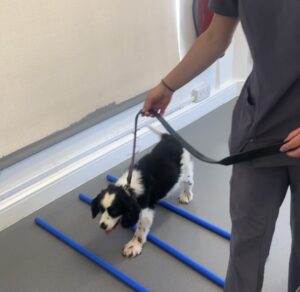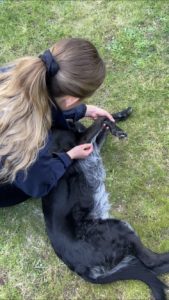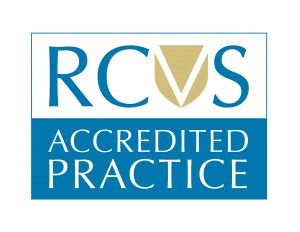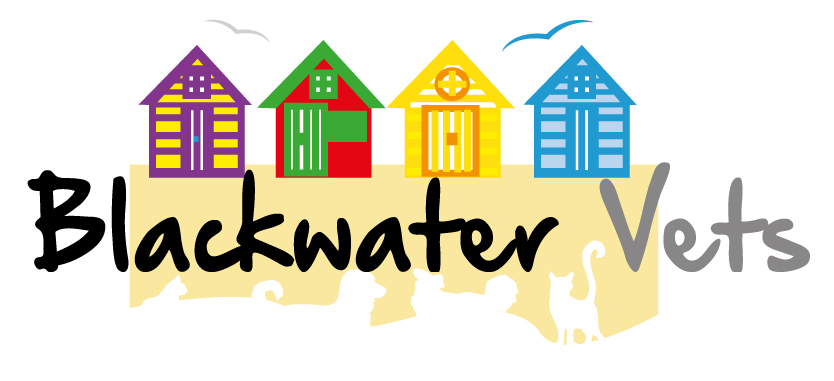Rehabilitation following injury or surgery
i
Why?
We wouldn’t expect to be able to walk as normal the day after knee or hip surgery – we would expect to have physical therapy to improve our comfort of movement and functional gait. So why would we expect our animals to?
Physiotherapy is recommended to optimise recovery following injury or surgery. The purpose is to strengthen muscles and further structures, optimise joint mobility and retrain a functional gait. This greatly reduces the risk of reinjury or damage to other structures on recovery, and also reduce the risk of secondary osteoarthritis.
 What will be involved?
What will be involved?
Following an initial assessment, we will form a plan going forward including physiotherapy treatment (see out treatment page) and a home exercise plan. Your pet may only need a number of sessions before being discharged from physiotherapy, or in the case of chronic conditions or conservative management we may advise ongoing physiotherapy. In most cases, physiotherapy is recommended once per week to begin with.
It is worth checking wether your insurance policy covers post surgical physiotherapy when it is recommended by your vet, as many do.
Secondary Joint Disease (osteoarthritis)
Joint disease (osteoarthritis or OA) is not just an old dog problem. It can occur in dogs and cats of any age. This kind of joint disease is called secondary joint disease, because it occurs secondary to (following) injury, surgery or other musculoskeletal disease.
Secondary joint disease is characterisied by the deteroration of cartilage and inflammation of joint structures which causes pain and reduced mobility. Sadly, if left untreated the pain caused by joint disease can greatly reduce quality of life and cause further detrimental effects in mobility and posture.
Animals which have had surgery/ injury of structures relating to the joint, such as cruciate ligament injury, or which have been born with conformational defects such as hip or elbow dysplasia, are at increased risk of developing secondary joint disease. As with primary joint disease, the most prevalent sign is pain due to inflammation within the joint (see our page on recognising pain for more information on clinical signs).
How can I help prevent or manage secondary OA to improve my pet’s quality of life?
Research shows that physiotherapy can play a key role in preventing development of secondary joint disease and is fully complementary to the treatments prescribed by your veterinary surgeon. The gold standard approach to reducing the risk of development of secondary joint disease is combining veterinary and physiotherapy treatments to optimise the function of the affected joint(s).
Most insurance companies recognise the benefits of this multimodal approach and will pay for physiotherapy sessions if these are recommended by your vet. In these cases physiotherapy can help to reduce pain and lameness and offers long lasting benefits.
Once joint disease begins, we cannot reverse it, we can only control the pain. That is why it is so essential that we take a proactive stance before this occurs, particularly in cases where the risk of developing joint disease is known to be high. See our physiotherapy page for information on how Blackwater Vets can help these patients.
2 Mill Road, West Mersea
Colchester, Essex
CO5 8RH


Opening hours
Monday to Friday; 8.30 - 18.30
Saturday; see above
Sunday and Bank Holiday; closed
Telephone number; 01206 384999
Out of hours telephone number;
01206 355910
Did you know? ..Blackwater Vets is one of only just a few veterinary practices in the Colchester region that hold cat friendly clinic status?


